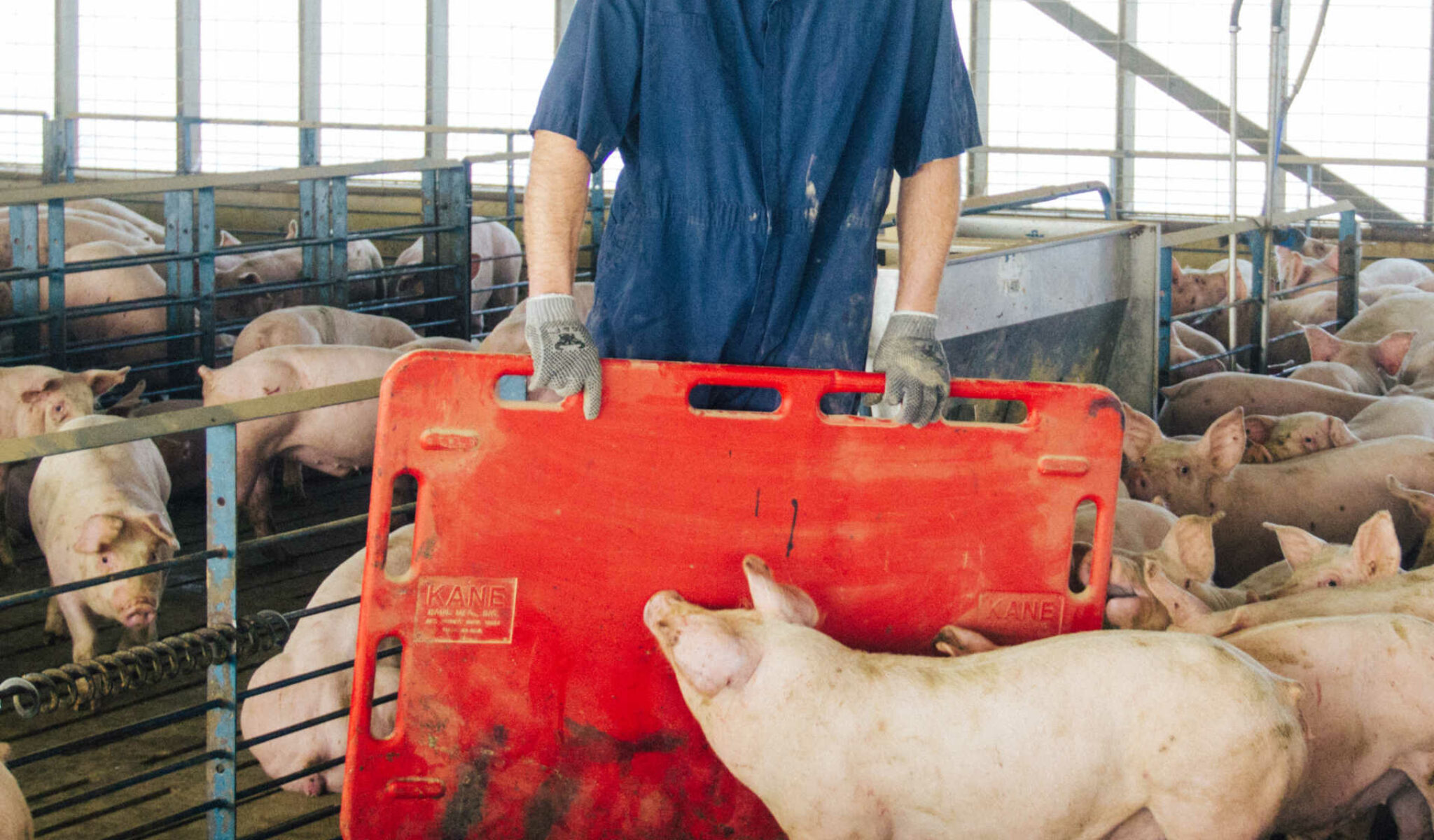
JoDee Haala grew up with horses. Now the director of animal well being with Minnesota’s Christensen Farms, one of the largest, family-owned pork producers in the U.S., she often reflects on a common piece of horse wisdom:
It’s rarely the horse. It’s usually the rider.
Haala’s daily work now is with pigs, not with horses, but the wisdom remains. Human behaviors affect the behaviors of the animals with which they are working.
“If we have challenges with our animal handling, we really need to be reflective of what are our behaviors, what are our facilities, what is our mental state,” Haala says.
Making sure that livestock are ethically and humanely handled pays off, not only in public relations with consumers but also in terms of safety, meat quality and economic outcomes.
“No. 1, it just makes economic sense. And No. 2, it’s just the right thing to do, period,” says Bill Pelton, who is the state coordinator for Montana Beef Quality Assurance.
Pelton ranches near Absarokee, Mont., and runs Bill Pelton Livestock Marketing and Consulting. He says even five years ago, people “looked down their nose at you” if you talked about low-stress livestock handling. But that’s starting to change.
“People are really starting to become more aware and more conscientious about how they do it,” he says.
Low-stress livestock handling refers to a number of techniques that rely on using an animal’s natural instincts to get them to move, as well as staying calm and quiet while working.
“Let your idea be the cow’s idea,” Pelton says. “It makes a big difference in how they handle when they’re gathered and when they’re working through a processing system.”
Haala, who also is vice president of the Minnesota Pork Board, says low-stress handling makes sense for numerous reasons, including ensuring caretaker and animal safety, improving meat quality and making sure the livestock industry lives up to its promises of raising animals in ethical, humane ways.
“We are under a microscope for how we handle things,” she says. “We’ve promised our customers that we’re doing the right things.”
“There’s a lot of public opinion out there about livestock handling and how cattle are handled and how they shouldn’t be handled,” Pelton says.
Here are some tips from Haala and Pelton about how to handle animals:
• Plan appropriately. Haala says to make sure you have enough help and enough time for the task at hand and to make sure facilities are in good shape.
• Minimize distractions that might attract the animals’ attention. “Pigs are curious, intelligent animals,” Haala says. “They’re going to check things out.”
• Keep in mind that livestock are prey animals, on guard for predators, including their handlers.
• Move livestock in straight lines and avoid 90-degree turns.
• Let animals get comfortable with their facilities and the way you want them to move. Haala says letting pigs walk the alleyway from time to time makes them more familiar with the path when time comes to work them. And Pelton says cattle can be trained in how to react if a rancher practices moving them around in the manner he wants. “It doesn’t take long to teach a pen of cattle to respond to a human being — not out of fear but out of confidence,” he says.
• Stay out of blind spots.
• Don’t pressure constantly. “There’s a time for speed and pressure, but there’s also a time for release,” Pelton says.
• Moving faster and louder won’t make the job go faster. “Slower is always faster,” Pelton says. “Sometimes you’ll hear, ‘If you’re working up a sweat, you’re working too hard,'” Haala says.
• Keep yourself calm, too. “They sense your emotional state,” Haala says.
• Attend a seminar on low-stress handling. Pelton says such classes are well worth the time and provide essential information to improve handling techniques.
For more information, check out these resources:
A safe pig handling learning module from the Pork Checkoff is available at https://lms.pork.org/Tools/View/safe-pig-handling. The Checkoff’s website also has information about Pork Quality Assurance Plus, Transportation Quality Assurance and more at https://www.pork.org.
